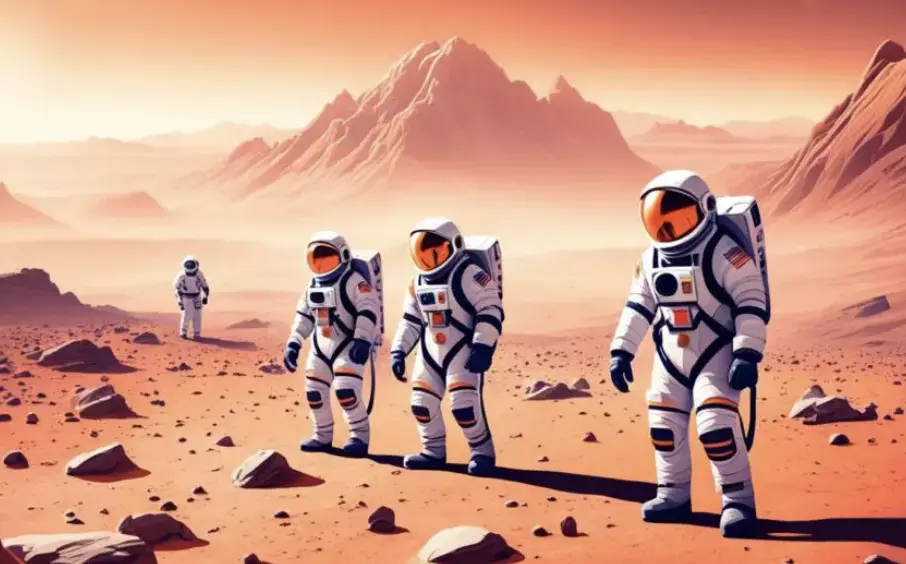5 key challenges NASA faces in sending humans to Mars
5 key challenges NASA faces in sending humans to Mars

What's the Story
NASA is confronting five major obstacles in its goal to send humans to Mars, each with significant risks that could complicate the mission. These challenges range from exposure to harmful radiation to the physical and psychological effects of long-duration space travel. As the space agency works to develop solutions, it is clear that exploring Mars will require not just ambition, but careful preparation and innovation.
1. Radiation Risk: A Serious Threat
Space radiation is one of the greatest hazards for astronauts traveling to Mars. Without the protection of Earth's atmosphere, astronauts will be exposed to harmful cosmic rays and solar radiation, which can damage cells, tissues, and organs, potentially leading to long-term health issues such as cancer. NASA is actively exploring ways to protect its crew from this invisible threat during the mission.
2. Psychological Impact: Isolation and Mental Health
The journey to Mars presents significant emotional and psychological challenges due to the extreme isolation astronauts will face. With the vast distance between Earth and Mars, communication delays of up to 20 minutes each way mean that astronauts won't be able to speak with their loved ones in real time. NASA is researching strategies to maintain mental health and wellbeing, focusing on stress management and fostering a sense of community during the mission.
3. Self-Sufficiency in Deep Space: A New Level of Independence
Mars is far beyond the reach of Earth-based support, with no immediate help available in case of emergencies. Unlike missions to the International Space Station (ISS), where astronauts can receive assistance in a matter of hours, astronauts on a Mars mission will be isolated for months. Communication delays, coupled with a lack of resources on Mars, will require astronauts to be fully self-sufficient, handling medical issues, equipment malfunctions, and other crises independently.
4. Gravity Adaptation: Adjusting to Changing Gravity Conditions
Astronauts on a Mars mission will face varying gravity conditions — zero gravity during the journey, one-third of Earth’s gravity on Mars, and full gravity when they return to Earth. These shifts can cause muscle atrophy, bone density loss, and balance issues. NASA is developing training programs and specialized equipment to help astronauts adjust to these changes and minimize physical strain during the mission.
5. Spacecraft Habitat: Surviving in a Closed Environment
Living aboard a spacecraft for extended periods presents unique challenges. The confined space, along with limited resources like food, water, and oxygen, requires careful management and recycling. Maintaining astronaut health and safety is critical, especially with the risk of bacteria and germs spreading in a confined space. NASA is focused on designing spacecraft habitats that will keep astronauts safe and efficient, while managing the complexity of life in deep space.
Sending humans to Mars is no small feat, and NASA is working diligently to overcome these five major challenges. Successful exploration of the Red Planet will not only require cutting-edge technology but also innovative solutions to ensure the safety and wellbeing of astronauts on this historic mission.

